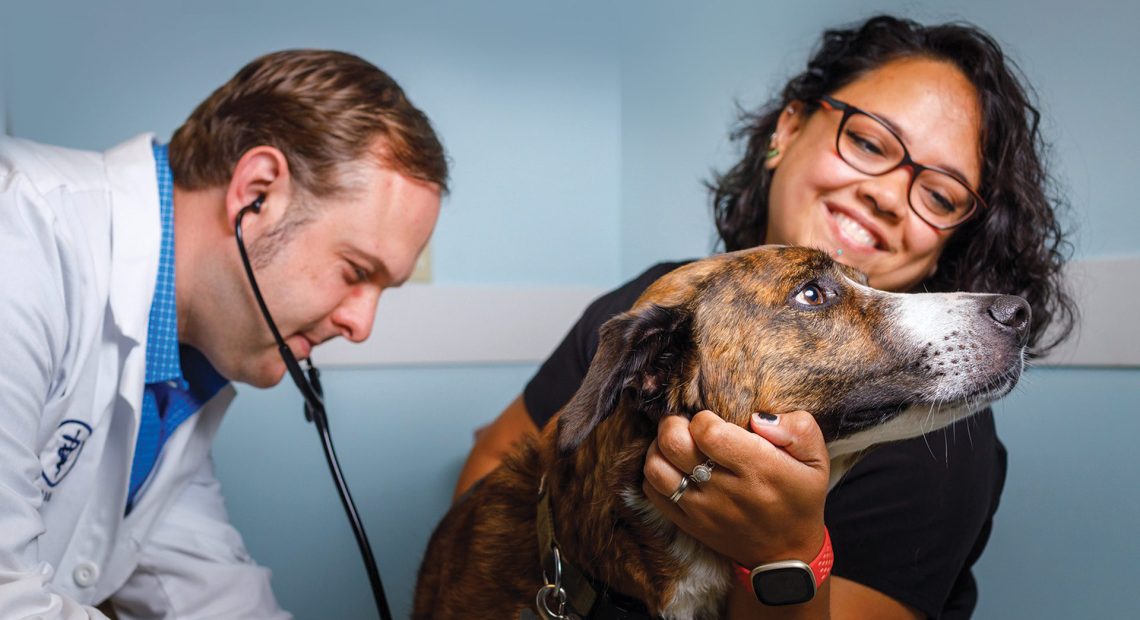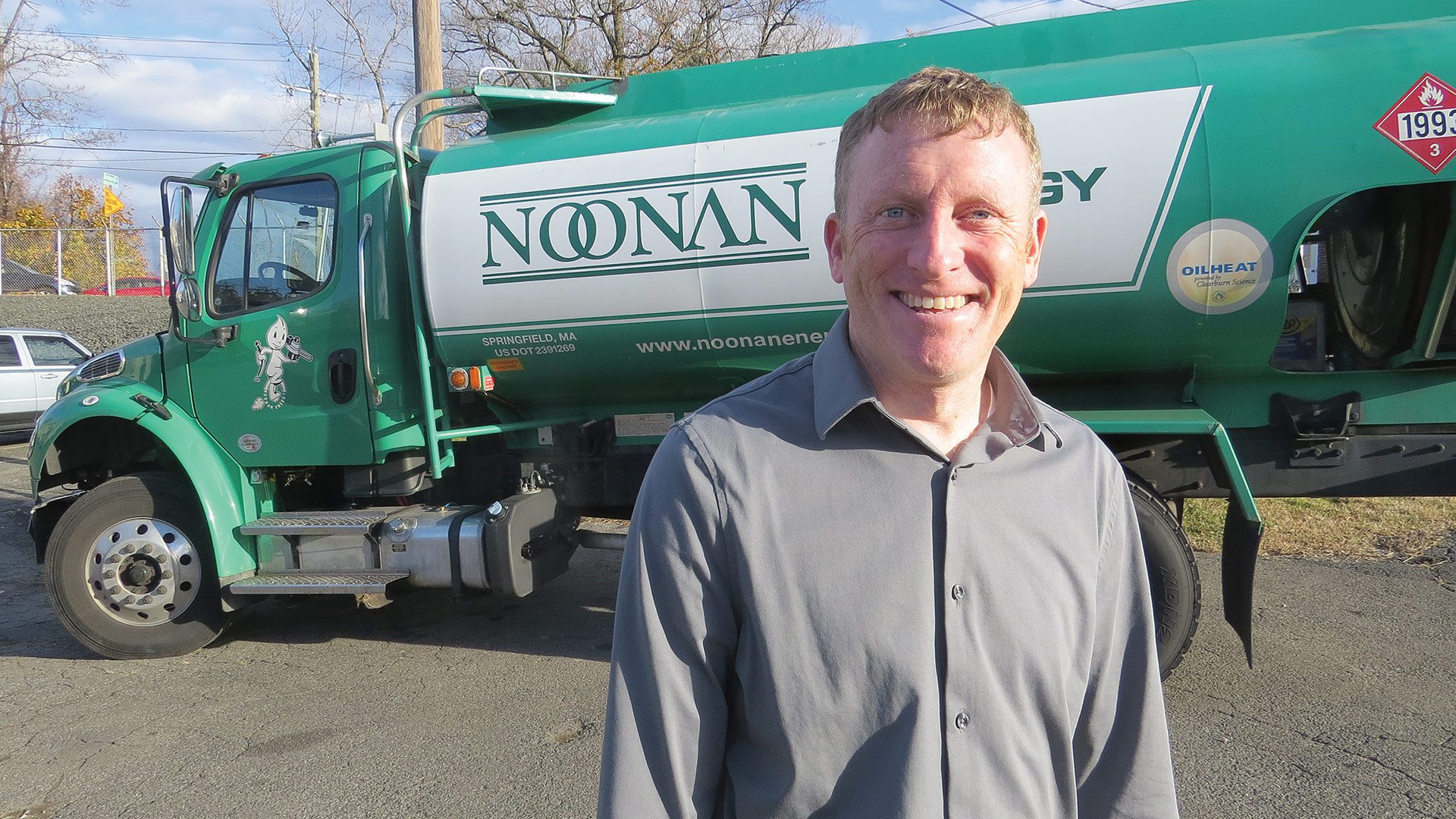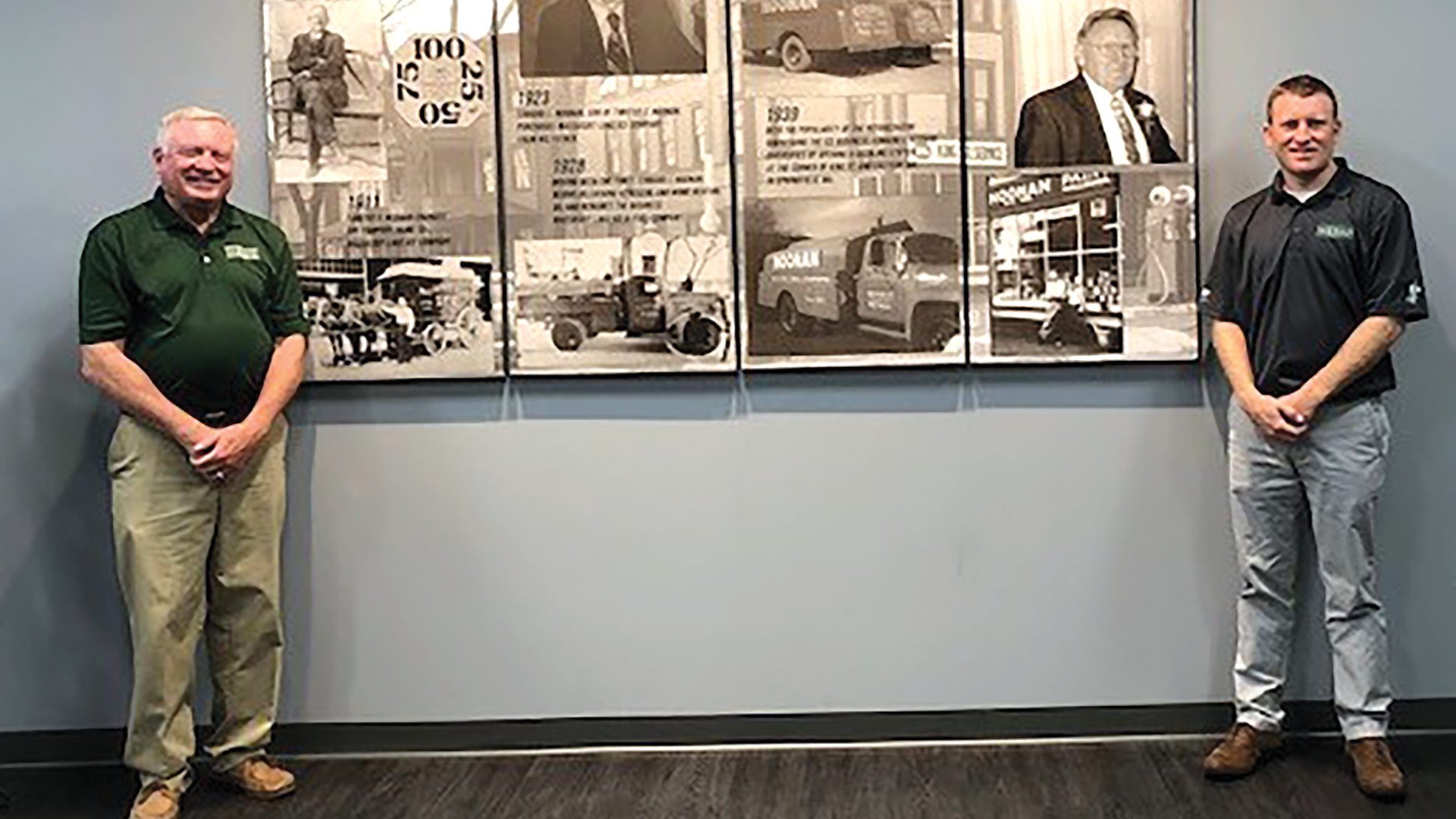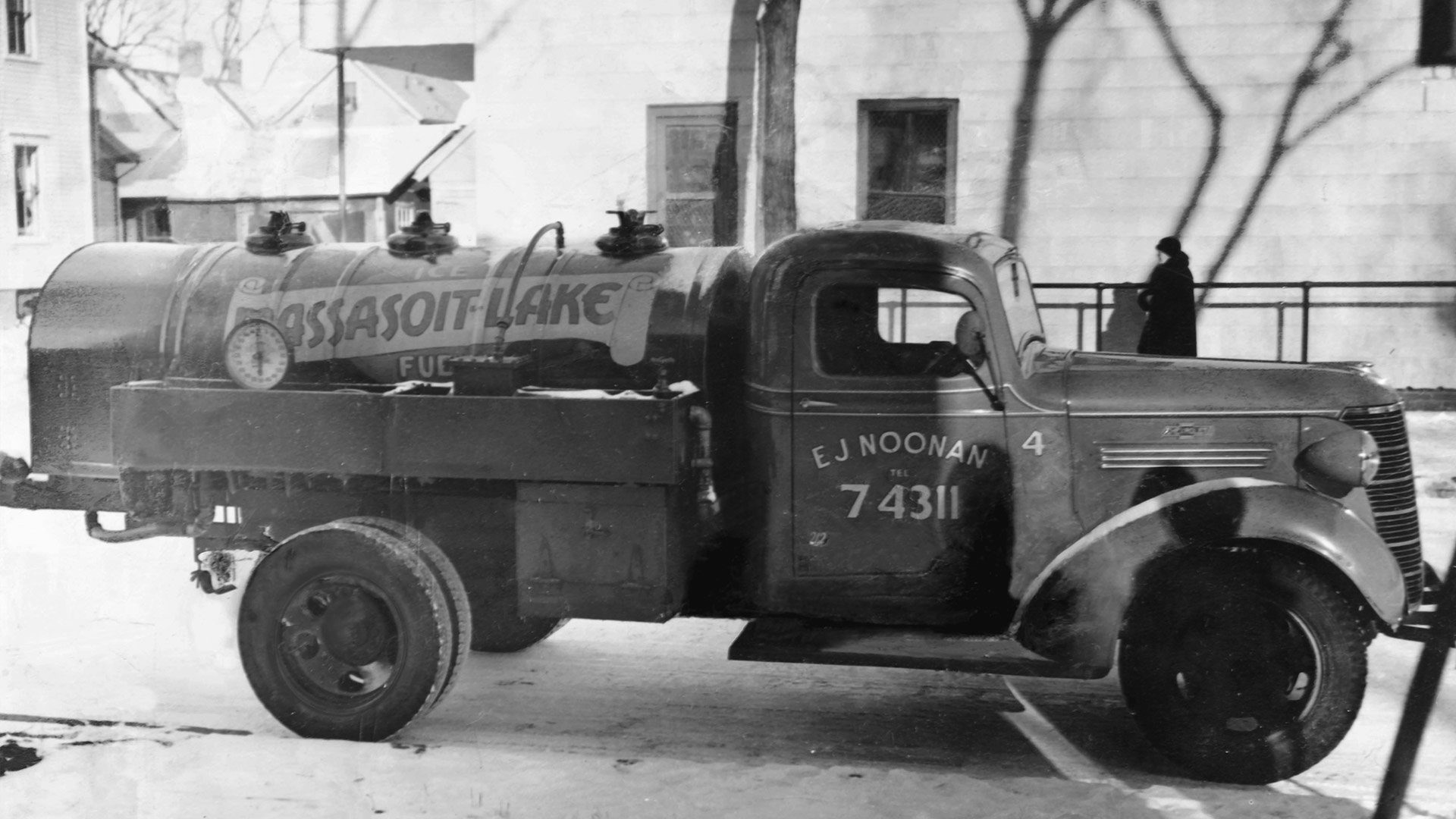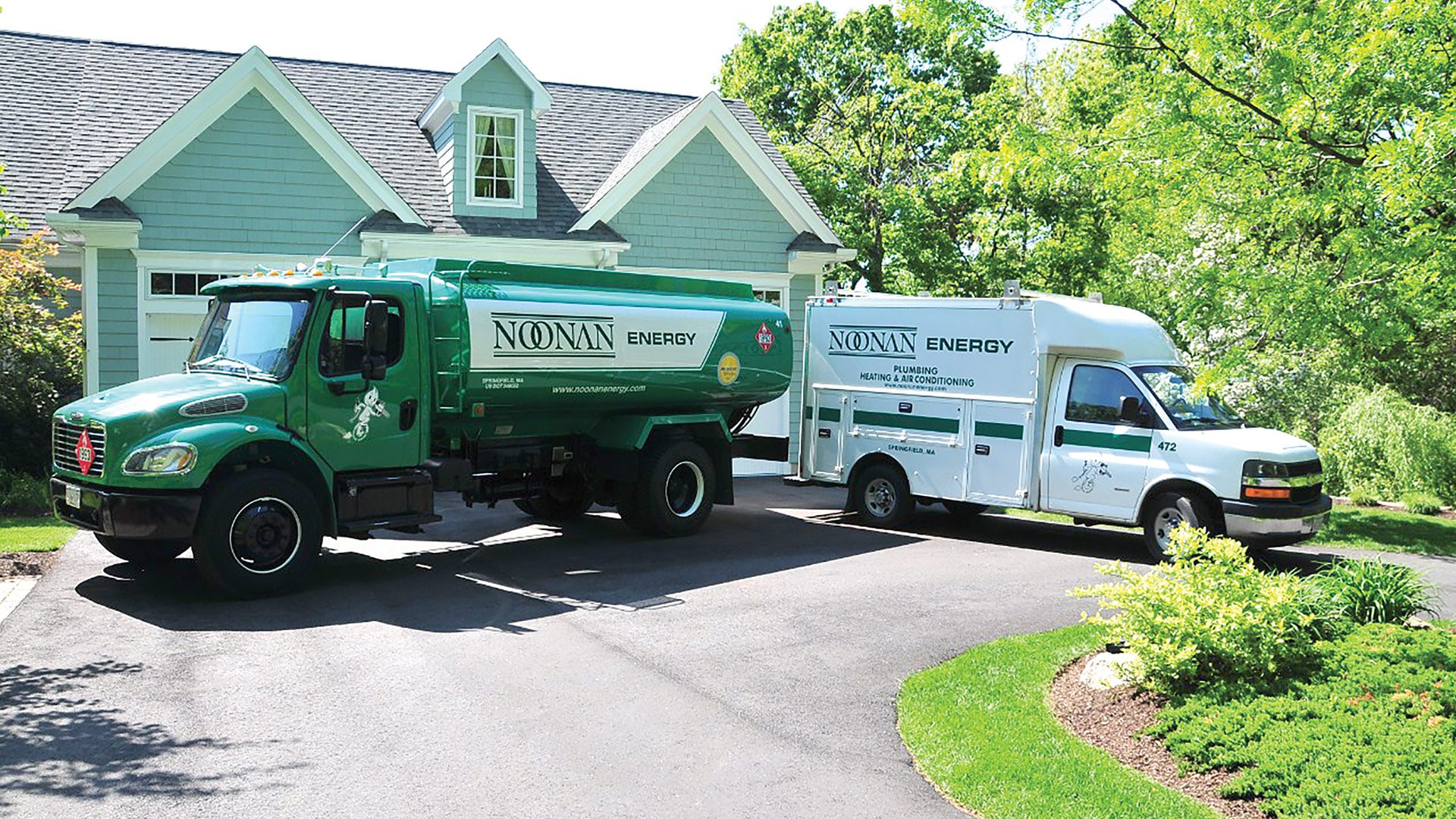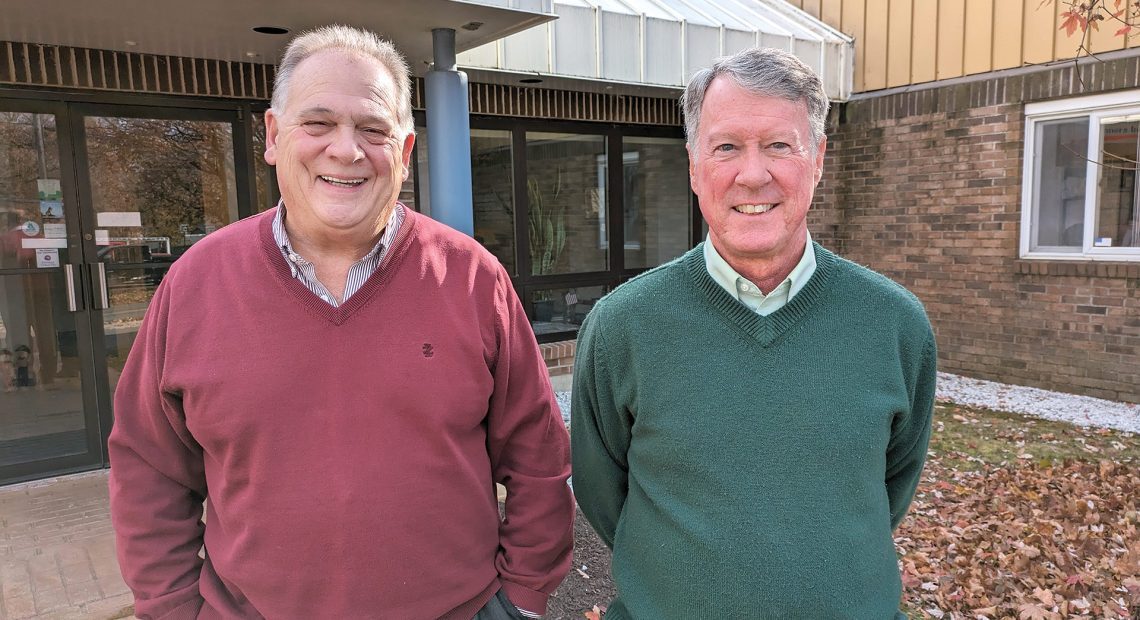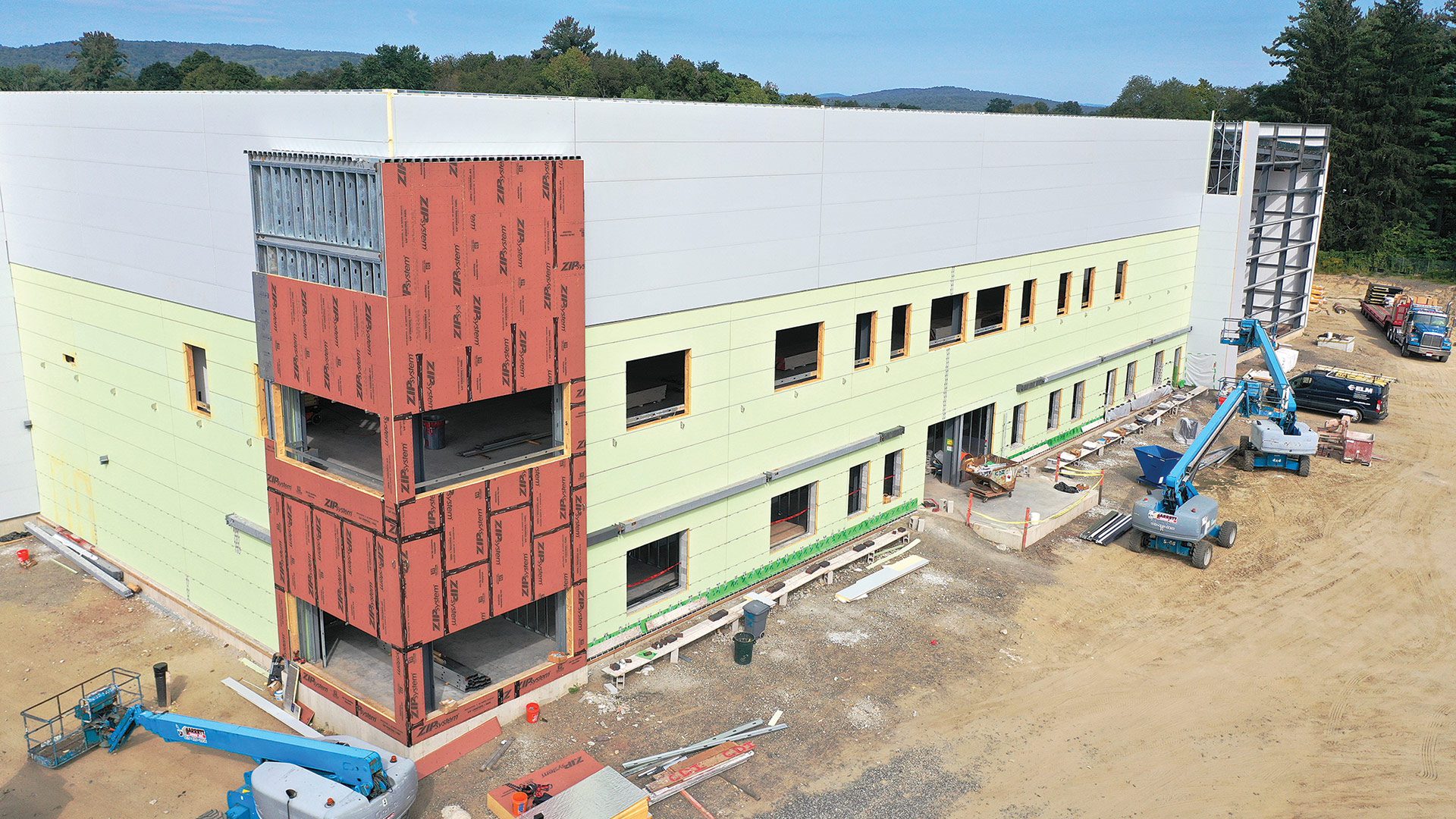Creature Comforts

Executive Director Meg Talbert
Photo by Danielle Cookish
The statistics, frankly, are striking.
In 2021, Dakin Humane Society cared for 2,740 animals; in 2022, that number was 3,071.
The 2023 figure is 4,124 — and that’s just through mid-November.
“Our intake has been up nearly 60% over the past year,” said Meg Talbert, Dakin’s executive director, noting that the upward trend is due to several factors, but especially economic trends that have made everything less affordable for families, pets being no exception.
“Right now, people are being impacted by housing availability, housing loss, the high cost of living,” she said. “So they’re making some choices about their pets and coming to Dakin for help when they can no longer care for their pets.”
But Dakin has been in the animal-saving business in Springfield for almost 55 years and isn’t stopping now.
“We have an incredible community here in our region, people that want to adopt, people that want to help those animals and provide them new homes,” Talbert told BusinessWest. “So, from the sadness and loss we have to support people through comes the joy of making new adoptions and finding those animals new homes.”
“Right now, people are being impacted by housing availability, housing loss, the high cost of living. So they’re making some choices about their pets and coming to Dakin for help when they can no longer care for their pets.”
Yet, Dakin isn’t only rehoming dogs and cats; it has developed an array of services — from low-cost spay and neuter services to a pet-supply thrift shop — designed to help people struggling economically to keep their beloved animals in their homes.
“Many people know Dakin for having adopted an animal from us, coming in and getting a cat or a dog or a small animal from us throughout the years,” she said. “But we’re doing incredible work with our communities. About a year and a half ago, we opened our pet health center, which is a new, accessible veterinary-care clinic. We have programs like our kitten street team that does trap-neuter-return in the community. We have a pet food bank for community residents who might be going through some economic struggles, and they need some help with food for their pets.
“So we’re just at a place of growth,” she continued, “and I think what we’re finding at Dakin — and what we try to message with people — is we really are in the human-service business as well as the animal-welfare business, supporting people and their pets through all sorts of highs and lows in their lives.”
Talbert is no stranger to the nonprofit-management world, serving most recently as chief Development officer for Way Finders, a housing and human-services agency, before landing at Dakin in October 2022. Before Way Finders, she was executive director of Helping Hands: Monkey Helpers, a national service-animal organization founded to provide in-home assistance to people living with spinal-cord injury or other mobility impairments that now focuses on providing lifelong care for the animals in retirement.
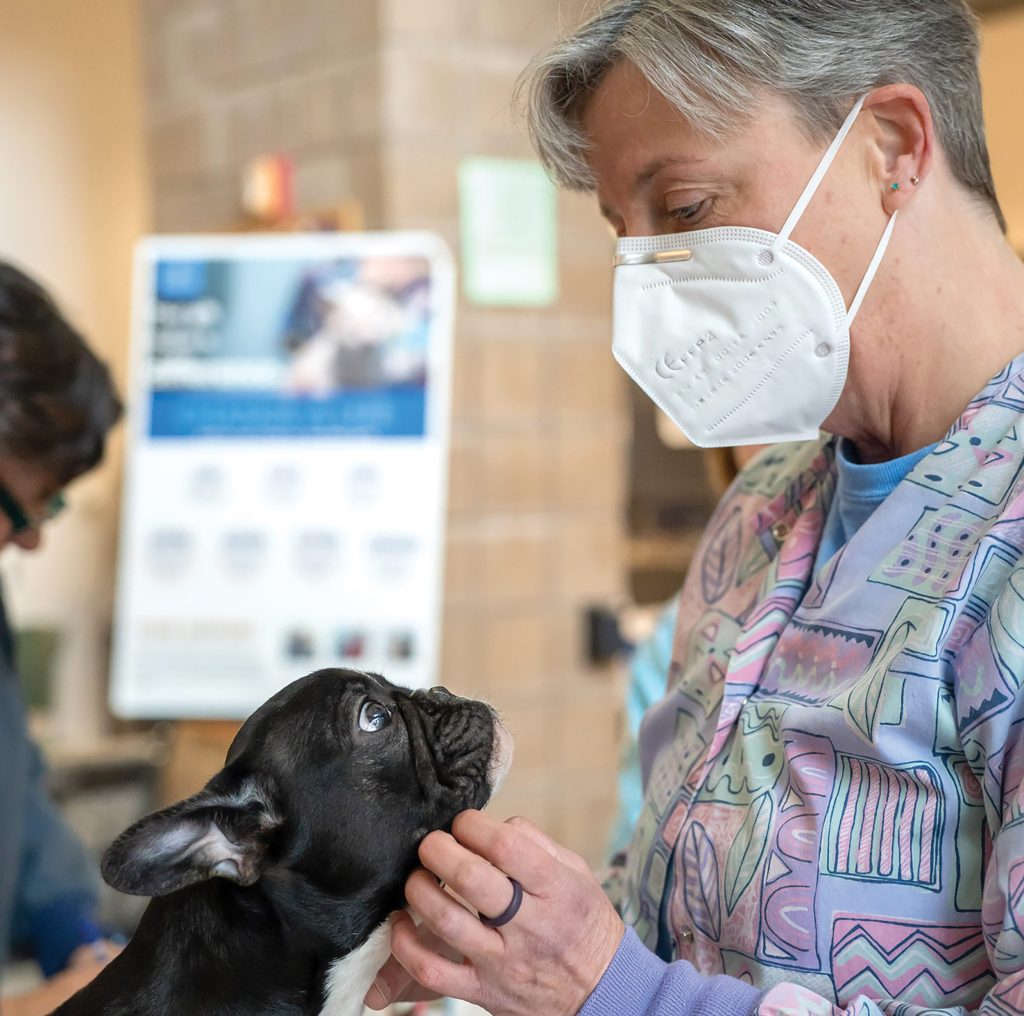
Dakin staff member Eliza Fischer greets a patient at a recent parvovirus vaccine clinic.
Photo by Danielle Cookish
In those roles and her current one, she has led with a specific philosophy.
“Understanding the community, understanding people, being compassionate, listening to people, and having an open heart are incredibly important,” she said. “And that’s what we have here: the staff, the volunteers, the people that show up to Dakin every day are just incredible individuals who support not only the animals in our community, but the people as well.”
Some people, she added, are surprised to learn that Dakin also offers a support group for people dealing with pet loss — a universal experience for anyone who has opened their home (and heart) to an animal.
“That’s been an incredible resource,” she said. “Everything is online. It’s a free service for people to come and attend if they’ve lost a pet. We have people from all over the country — actually, other countries, too — dialing in for that. It’s a relatively new service for us, but it’s something that people have really appreciated; they’ve found comfort through speaking with people about their loss.”
Tails of Triumph
With the need to find homes for animals — Dakin handles cats, dogs, and even small animals like rabbits and guinea pigs — so heightened these days amid limited space and resources, Talbert stressed the multiple benefits of adoption.
“People who are considering adoption know that they’re really saving two lives: they’re saving or improving the life of the animal, bringing them into a new home, and they’re also making room for the next animal that needs to come in with us for care and adoption. So it’s such an important choice that people make when they’re considering bringing a pet into their home.”
Potential adopters can always visit Dakin’s website, dakinhumane.org, to check out animals who need homes; the selection changes every day. And it helps that the shelter is now open for walk-in visits Tuesday through Saturday from 12:30 to 3 p.m.; during the pandemic, adoptions were by appointment only.
“So we want to welcome people to come by, take a look, and talk to our staff, who are just amazing resources,” Talbert said. “They know all of these animals individually. They know how to make a great match for every individual home.”
She understands that many people don’t consider shelter adoption as a first choice, preferring, for any number of reasons, to buy pets through breeders or stores. And she tries to dispel some of the hesitancy families feel about rescuing an animal.
“They need to know that these animals have gone through a routine health check. All of our animals will be spayed and neutered prior to their adoption. And we know all about them. If they have any particular health concerns that have been identified upon intake, we certainly talk about that with a potential adopter.
“We really are in the human-service business as well as the animal-welfare business, supporting people and their pets through all sorts of highs and lows in their lives.”
“We have animals of all ages as well,” she continued. “People that are interested in a kitten or a puppy can find one here, but we have a lot of middle-aged dogs, some older dogs that need care. We have a lot of people whose hearts really go out to the older animals that come in, and they need a special type of care for their lives. So we have adopters of all types that come to us.”
She appreciates everyone who feels moved to adopt a pet at Dakin.
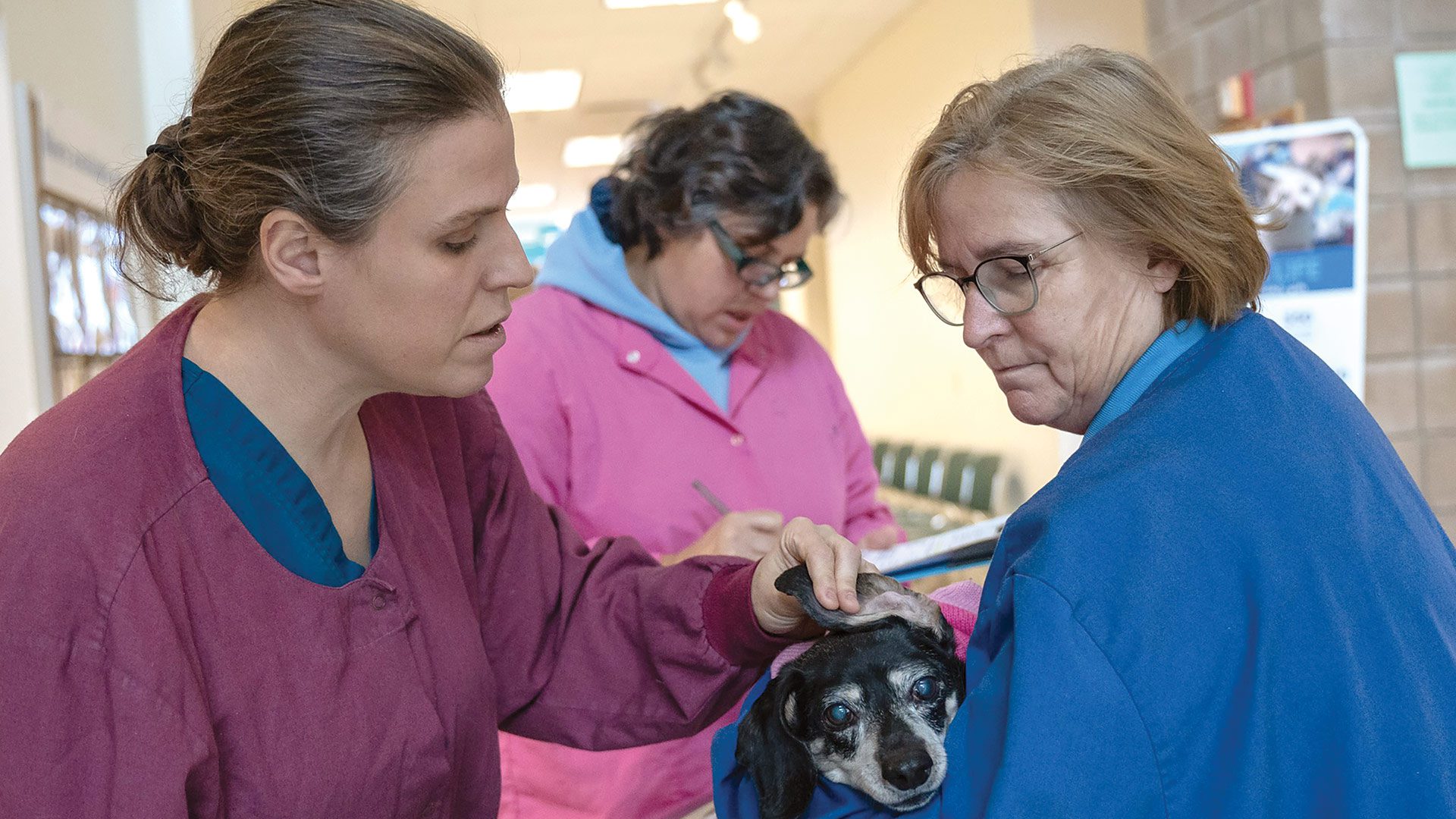
From left, Medical Director Dr. Rebecca Carroll with Dakin staff members Lorie Benware and Betsy Bernard during a parvovirus vaccine clinic.
Photo by Danielle Cookish
“I always joke that, every time people come in, they’re like, ‘my wife is going to kill me if I bring home an animal,’” she said, but they’re moved to adopt one anyway. “We had a fire alarm go off a few months ago; we didn’t have any trouble, just a false alarm. One of the firemen said, ‘I’m thinking about adopting a cat or a kitten.’ I said, ‘come on back.’ And he did. He came back, and he adopted.”
Those stories are gratifying to the staff and volunteers who work at Dakin, Talbert said, but so is the day-to-day care they provide to animals and the support they offer to families who want desperately to hang onto their own pets.
“It’s just a great place to be. I think it’s an incredible organization,” she told BusinessWest. “Walking through these doors and meeting our staff and volunteers will warm your heart. We love showing off what we do and teaching people people about the needs in the community and how they can get involved in helping not only the pets, but the people as well.”
That staff currently totals about 60, supported by more than 300 volunteers. “There’s a variety of different ways to get involved as a volunteer. Some people come in to help with daily animal care and walking dogs and enrichment programs for the animals while they’re here in the adoption center. Some people help us with office work and help our development team and our marketing team do their work.”
And that’s not all. Other volunteers are part of the morning wake-up crew, and others come in for enrichment activities with the cats in the afternoon. Some work in the thrift shop or at events, and others volunteer only on weekends. “You have people that come in every Sunday to walk dogs, and that’s meaningful to them.”
Dakin also maintains a wide network of foster homes who take care of animals prior to adoption, Talbert said, noting that more than 60% of the animals the organization adopted out last year spent time in foster care.
“We have a lot of people whose hearts really go out to the older animals that come in, and they need a special type of care for their lives.”
“What an amazing difference that makes for those pets to have that home environment. We’re learning a lot about them. We’re learning if they can get along with other pets, how they’re doing on their housetraining, obedience skills, all those things. So our foster caregivers are an incredible asset,” she said. “Our foster families also help with our marketing of animals because they’re taking photos, they’re taking videos, they’re telling fun
stories about their interactions with their foster pets.”
Dakin is always looking for more foster families, she added. “It doesn’t need to be a terribly long-term commitment. Some people say, ‘you know, gosh, I only have a one-month window that I can foster.’ We will work with anybody in whatever situation and try to make a good match.”
Ruff Times
Dakin is far from alone in dealing with an uptick in need. Shelters across the country, especially down south, have been overrun, and many have had to euthanize more adoptable animals than ever. Compounding the issue is a shortage of veterinary professionals to run much-needed spay and neuter clinics.
“It’s definitely been difficult in the veterinary community as a whole throughout this country,” Talbert said. “Fewer people are entering the veterinary field, whether that’s veterinarians or technicians or other people coming to animal welfare. There really is a shortage of veterinary staff. So we are very lucky here to have our staff and our veterinarian to run this spay-neuter clinic. It is designed to help people who may be struggling to access other veterinary care because of location or cost.”
In short, it’s a time of great challenge for facilities like Dakin, but also one of opportunity.
“It’s an amazing place to be,” she added. “I told people about a year ago, when I took this job, I felt like I won the job lottery. It’s been wonderful to come into an organization where I’ve been welcomed, where people want to teach about their experiences, where there’s really good communication and incredible teamwork, not only internally here, but with our partners in the region as well. It’s just an amazing place to be.”
Talbert encouraged people to get involved in the organization, either through adopting an animal, volunteering, getting involved in the foster program, or donating money, pet food, or pet supplies; information about all that is available at dakinhumane.org.
“I just want to thank the community for their support of Dakin,” she added. “We could not do the work that we do without the generosity of others, whether it’s a philanthropic gift, a supply drive, or people giving of their time. It really is what makes Dakin work.”



